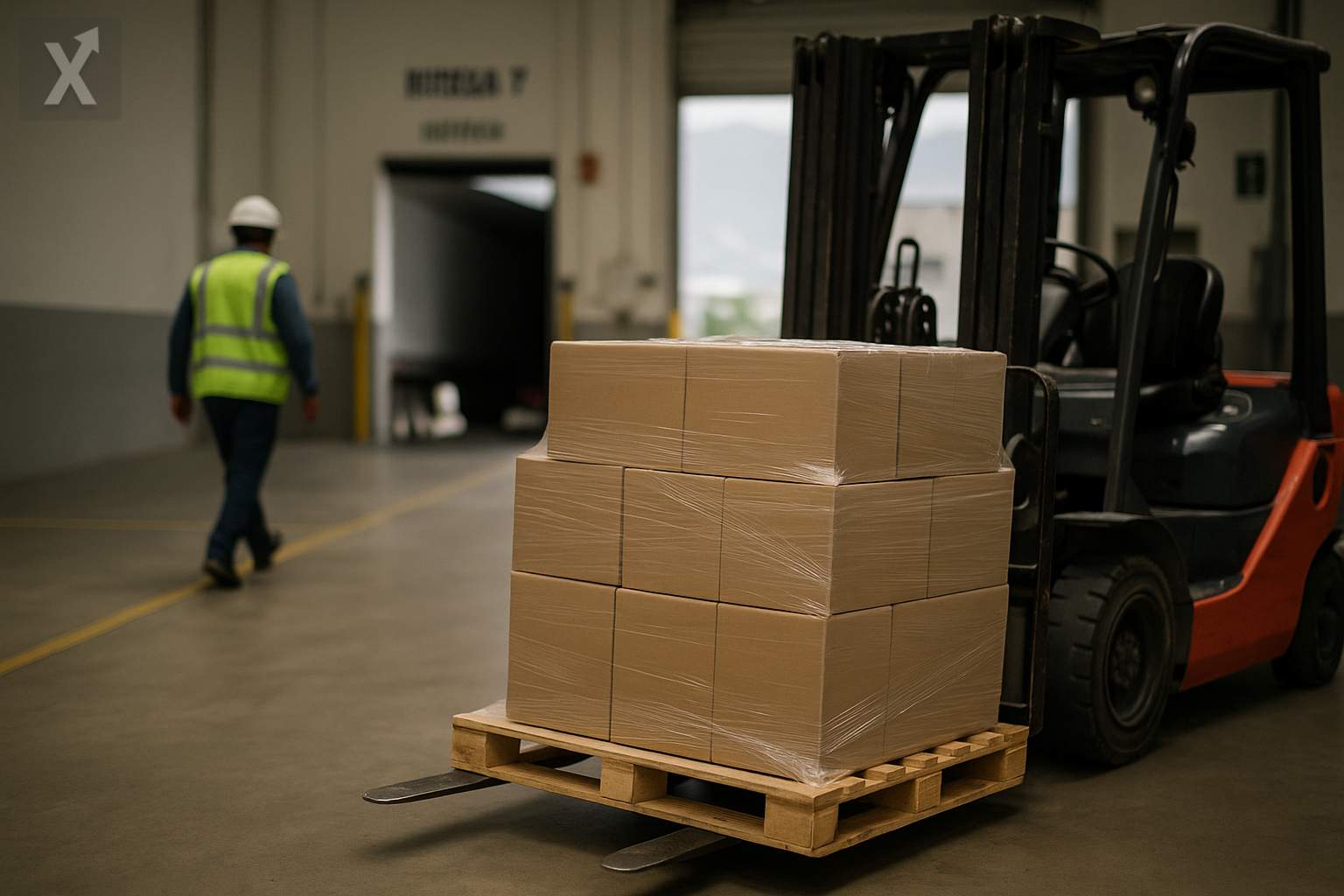Mexico Refines Its Fiscal Strategy for 2026: Updates Fees, Duties, and Excise Taxes to Capitalize on Tourism Surge

Mexico is accelerating tax adjustments in anticipation of an extraordinary surge in tourism and consumer spending during the 2026 World Cup. Key measures include raising the fee for foreign visitors without work permits, introducing new rates for museum and archaeological site access, and updating the Special Tax on Production and Services (IEPS) on sugary drinks, alcoholic beverages, energy drinks, and gambling, alongside increased oversight of digital platforms. While the 2026 Economic Package does not explicitly factor in the “World Cup effect” in its forecasts, authorities and experts expect a significant boost in tax revenue due to heightened demand in tourism, entertainment, and e-commerce services during a year of intense activity.
With the tournament hosted jointly by Mexico, the United States, and Canada, this event is shaping up to be an economic catalyst. According to projections cited by CIEP, the fee for foreign visitors alone could yield about 5.4 billion pesos, and when combined with updated duties and excise taxes, additional revenue could reach as much as 30 billion pesos in a conservative scenario. The Ministry of Tourism estimates 5.5 million tourists will visit for the event; in contrast, local soccer officials are forecasting even higher visitor flows. In 2024, Mexico welcomed 45 million international tourists, and the first quarter of 2025 saw a 3.5% year-on-year increase, indicating tourism momentum remains strong.
The adjustment of duties in the cultural sector aims to capture some of this economic windfall. For 2026, a new Category IV was established in the Federal Rights Law, setting the highest rates for high-demand sites like Chichén Itzá, Uxmal, and Dzibilchaltún. Quintana Roo—despite not being a host city—will house teams in hotel complexes and promote public viewing areas, potentially boosting tax revenue from lodging and consumption. However, experts warn that increased revenue from duties comes alongside cultural budget cuts, a contrast that poses challenges for conservation, maintenance, and visitor services just as a peak influx is expected.
For beverages, the government is updating the IEPS quota on flavored drinks for the first time since 2010, raising the rate from 1.64 to 3.08 pesos per liter in 2026. This aligns with public health goals but, in the short term, could coincide with a temporary spike in consumption during the tournament. Mexico has some of the world’s highest rates of sugary drink consumption; a 10% increase in sales during the event would significantly boost expected tax revenue, with similar trends anticipated for alcoholic and energy drinks, which have historically seen higher sales during major sporting events. The key will be monitoring potential price pressures and their impact on food and beverage inflation.
The gambling and lottery segment is also undergoing major updates. The effective IEPS rate and its enforcement framework for services offered through digital platforms—including foreign-based platforms without a physical presence in Mexico—are being reinforced with enhanced collection mechanisms and sanctions, such as temporary service blocks for non-compliance. The Finance Ministry estimates revenue from this source could rise from about 3.7 billion to more than 5 billion pesos. At the same time, oversight will be tightened for digital intermediaries and services—such as lodging, transportation, and streaming—to improve income and value-added tax collection and curb evasion, especially as payments and consumption grow increasingly digital.
On the macroeconomic front, increasing non-oil revenues via updated duties and excise taxes aims to shore up public finances amid structural pressures like support for Pemex and rising social and infrastructure spending needs. The Mexican economy heads into 2026 buoyed by the nearshoring trend, which has driven investment in manufacturing and logistics, and by a cautious monetary policy to manage inflation risks. An event of the World Cup’s magnitude can give an additional boost to services—hospitality, transportation, food, retail—but will also test the operational capacity of airports, security, mobility, and hotel supply in host cities and tourist corridors.
The fiscal package also includes limited tax incentives for organizations and operators involved in staging the event, with rules to be defined by the tax authority (SAT). Experts emphasize that transparency regarding beneficiaries and fiscal cost will be key in assessing the cost-benefit balance of these incentives relative to incremental revenue. Effective implementation will be crucial in ensuring that any “World Cup dividend” translates into actual revenue gains and tangible improvements to public services and infrastructure.
In summary, Mexico is approaching 2026 with a more updated tax toolkit to take advantage of the tourism and digital boom usually generated by a global tournament. The revenue potential is significant if visitor numbers and spending materialize, but maximizing it will require effective management, close oversight of digital platforms, protection of cultural heritage, and coordination across government levels to prevent bottlenecks and price pressures in host cities and surrounding areas.






